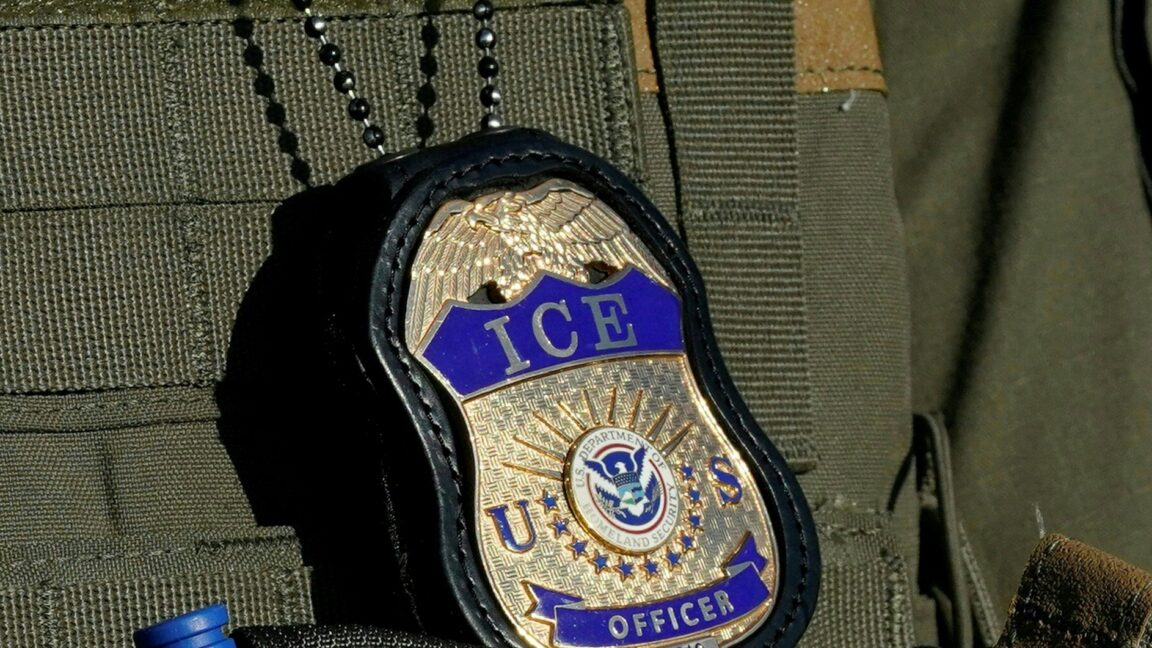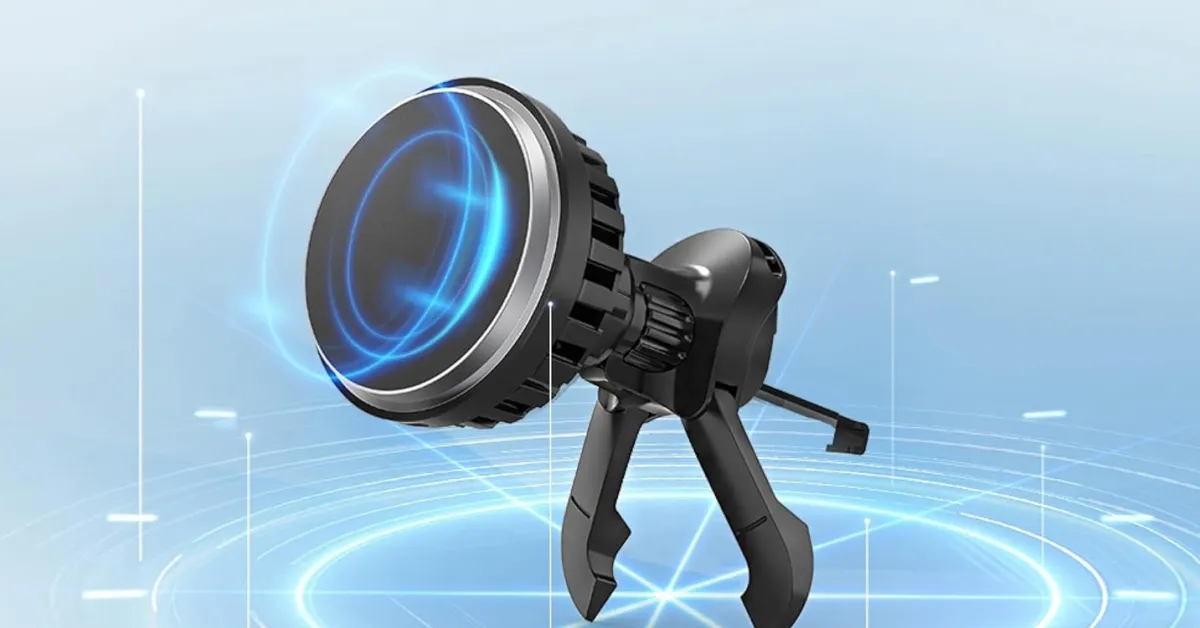Copyright Ars Technica

US Customs and Border Protection (CBP) launched a face-scanning app for local law enforcement agencies that assist the federal government with immigration-enforcement operations. The Mobile Identify app was released on the Google Play store on October 30. “This app facilitates functions authorized by Section 287(g) of the Immigration and Nationality Act (INA),” a US law that lets Immigration and Customs Enforcement (ICE) delegate immigration-officer duties to state and local law enforcement, according to the Mobile Identify app’s description on the Google Play store. “Through a formal agreement, or Memorandum of Agreement (MOA), with DHS [Department of Homeland Security], participating agencies like your Sheriff’s Department can have designated officers who are trained, certified, and authorized to perform certain immigration enforcement functions, helping to identify and process individuals who may be in the country unlawfully. This tool is built to streamline those responsibilities securely and efficiently, directly in the field.” A screenshot of the app on the Google Play listing shows it requires camera access “to take photos of subjects.” More information on how it works was reported today by 404 Media. “A source with knowledge of the app told 404 Media the app doesn’t return names after a face search. Instead it tells users to contact ICE and provides a reference number, or to not detain the person depending on the result,” the news report said. 404 Media said it downloaded the app and decompiled its code, finding that “multiple parts of the app’s code make clear references to scanning faces. One package is called ‘facescanner.’ Other parts mention ‘FacePresence’ and ‘No facial image found.'” The app is not available on iPhone as of now. App similar to one used by ICE agents ICE agents themselves already use a face-scanning app called Mobile Fortify. Democratic senators urged ICE to stop using Mobile Fortify in a September letter that also criticized ICE for expanding its delegation of authority to local law enforcement. The letter said: Especially given ICE’s recent expansion of its 287(g) program—which authorizes participating state and local law enforcement the authority to conduct immigration enforcement activities and has been proven to foster environments that increase racial profiling—facial recognition tools are likely to be disproportionately weaponized against communities of color. A 2024 test by the National Institute of Standards and Technology found that facial recognition tools are less accurate when images are low quality, blurry, obscured, or taken from the side or in poor light—exactly the kind of images an ICE agent would likely capture when using a smartphone in the field. In fact, in April 2025, ICE wrongfully detained a US citizen for 30 hours in a county jail based on an incorrect “biometric confirmation of his identity.” This is unacceptable. With ICE expanding its use of facial recognition tools, mistakes such as this will almost certainly proliferate. The Mobile Identify app for local law enforcement is apparently similar to the Mobile Fortify app used by ICE agents. When contacted by Ars today about Mobile Identify, the CBP responded with a statement that discusses Mobile Fortify and its use of facial recognition. The CBP statement said that Mobile Fortify processes photos through the Traveler Verification Service (TVS), a facial comparison matching service that the CBP said does not store biometric data. The CBP said it built the Mobile Fortify app to support ICE operations and that ICE has used it around the country. “Biometric data used to identify individuals through TVS are collected by government authorities consistent with the law, including [when] issuing documents or processing illegal aliens,” the CBP statement said. “The Mobile Fortify Application provides a mobile capability that uses facial comparison as well as fingerprint matching to verify the identity of individuals against specific immigration related holdings.” 404 Media quoted Cooper Quintin, senior staff technologist at the Electronic Frontier Foundation, as saying that “face surveillance in general, and this tool specifically, was already a dangerous infringement of civil liberties when in the hands of ICE agents. Putting a powerful surveillance tool like this in the hands of state and local law enforcement officials around the country will only further erode peoples’ Fourth Amendment rights, for citizens and non-citizens alike. This will further erode due process, and subject even more Americans to omnipresent surveillance and unjust detainment.” DHS proposes new biometrics rules, definition In related news this week, the Department of Homeland Security is proposing rule changes to expand the collection and use of biometric information. The proposed changes are open for public comment until January 2, 2026. “The purpose of this rule is to establish a standard and provide notice that every individual filing or associated with a benefit request, other request, or collection of information is subject to the biometrics requirement, unless DHS exempts a category of requests or individuals, or a specific individual,” the proposal said. “This includes any alien apprehended, arrested or encountered by DHS in the course of performing its functions related to administering and enforcing the immigration and naturalization laws of the United States. As it relates to benefit requests, other requests and collections of information, notice of this requirement will be added in the form instructions for the relevant forms, as needed.” The proposed rule change would expand the agency’s definition of biometrics “to include a wider range of modalities than just fingerprints, photographs and signatures.” The proposed definition of biometrics is “measurable biological (anatomical, physiological or molecular structure) or behavioral characteristics of an individual.” This includes face and eye scans, vocal signatures, and DNA.

![[VIDÉO] Rufus Wainwright massacre l’hymne national canadien avant le match de baseball](https://d2731bbzmt3wpb.cloudfront.net/news/image/us-west-2:25d97050-7aa7-43a6-a623-8fb02e6af97e/20251031/4079799d79f44b7791ff2bb48b1501af.jpg)

